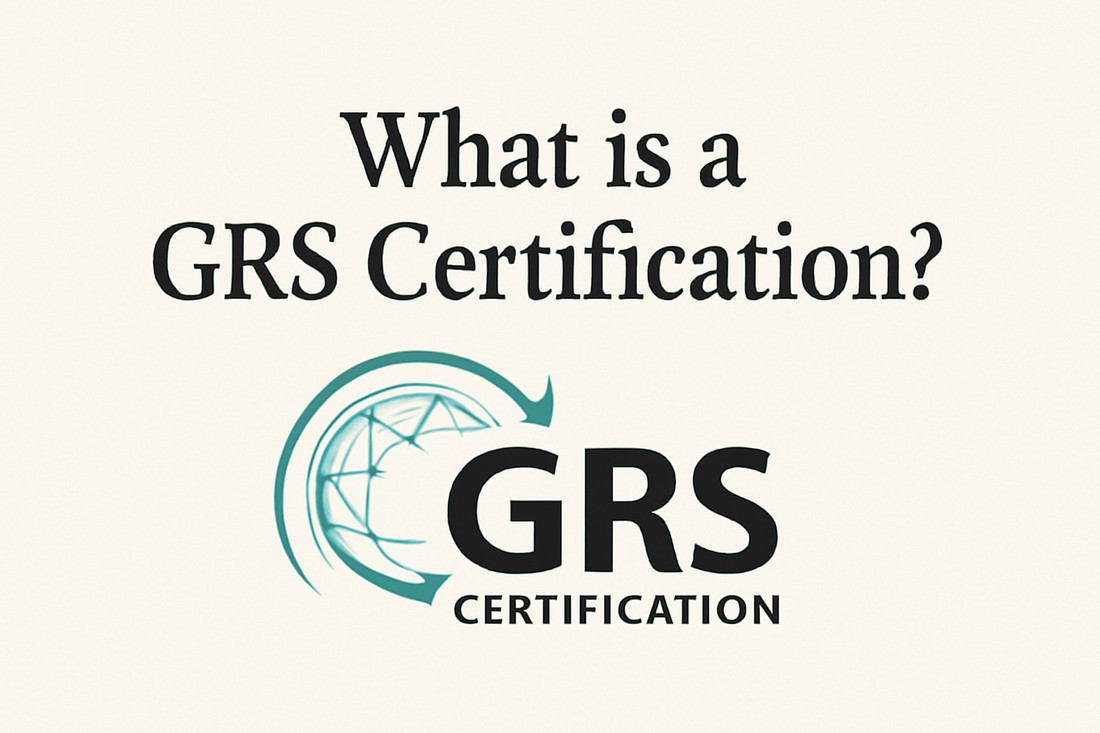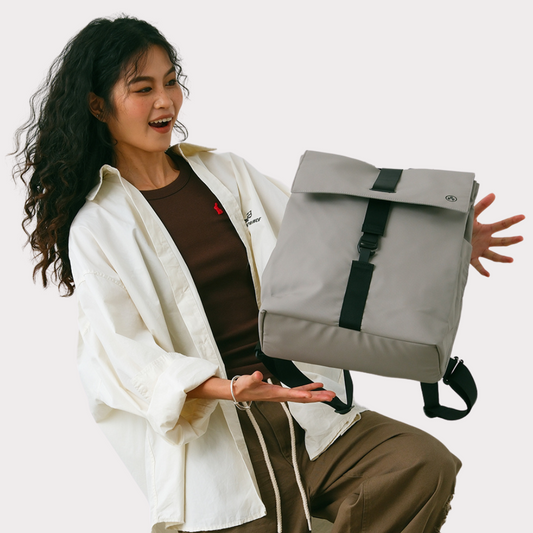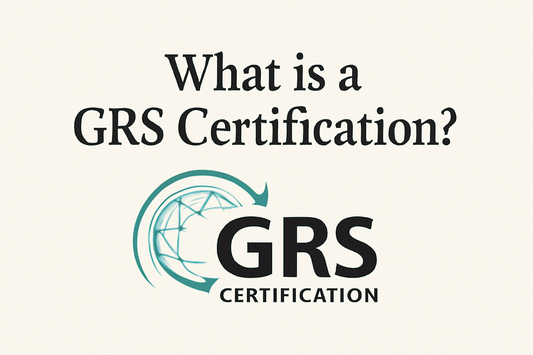
What is a GRS Certification?
Share
In today’s world, where “sustainable” and “eco-friendly” labels get thrown around like confetti, it’s getting harder to separate brands that are genuinely making a difference from those just riding the greenwashing wave. That’s where GRS Certification comes in.
But what exactly is GRS certification and why should you care? Let’s break it down.
What Does GRS Stand For?
GRS stands for Global Recycled Standard. It’s an internationally recognised certification that sets the benchmark for products made from recycled materials. Managed by Textile Exchange, the GRS isn’t just about verifying recycled content—it’s a comprehensive standard that tracks the journey of a product through the entire supply chain, ensuring ethical practices at every stage.
What Does GRS Certification Cover?
A product with GRS certification has passed checks in the following key areas:
1. Recycled Content
GRS verifies the actual percentage of recycled material used in the final product. This prevents brands from making vague or exaggerated claims like “eco-friendly” or “made with recycled materials” without proof.
2. Traceability
From collection of raw recycled materials to final production, every step is documented. This ensures transparency across the entire supply chain, allowing brands to trace each component back to its source.
3. Environmental Responsibility
Certified facilities must demonstrate responsible chemical use, proper waste management, and efforts to reduce water and energy consumption. GRS promotes cleaner, safer production methods that reduce environmental harm.
4. Social Responsibility
The GRS standard includes stringent labor requirements. Facilities must prove that workers are treated fairly, child labor is prohibited, and safe, humane working conditions are enforced.
5. Chemical Restrictions
Certain harmful substances are banned entirely under GRS. Only chemicals that meet specific safety criteria are permitted during the recycling and manufacturing processes.
Who Conducts GRS Certifications?
GRS is administered by the Textile Exchange, but the actual certification is carried out by independent, third-party auditing bodies. These organizations visit facilities, verify documentation, inspect production methods, and ensure that all requirements are met. This independent verification is key to maintaining the integrity of the certification.
What Products Can Be GRS Certified?
A wide range of products can carry the GRS label, including:
- Clothing and fashion accessories
- Bags and backpacks
- Home textiles (like curtains or upholstery)
- Footwear
- Packaging materials
Any product made from recycled content and produced under responsible conditions can be eligible for certification.
Why Does GRS Matter?
GRS certification isn’t just a marketing badge—it’s a proof of integrity. With it, brands show that their recycled materials are real, their workers are protected, and their impact on the environment is being minimized. For consumers, it’s a simple way to shop more consciously and support brands that walk the talk.
At a time when sustainability claims are everywhere, GRS offers clarity, transparency, and trust.
GRS vs. Other Certifications
To understand where GRS fits in the sustainability space, here’s how it compares with other popular certifications:
| Certification | Focus | Key Feature |
|---|---|---|
| GRS | Recycled content | Tracks full supply chain, includes environmental and labor standards |
| GOTS | Organic textiles | Focuses on organic fibers and sustainable processing |
| OEKO-TEX | Chemical safety | Ensures textiles are free from harmful substances |
Final Thoughts
The Global Recycled Standard is more than just a trend. It's a benchmark for serious sustainability. Whether you’re a brand looking to prove your eco-efforts, or a conscious consumer trying to make better choices, GRS certification is a powerful signal of responsibility and transparency.
So next time you see that GRS tag on a product, you’ll know: it’s not just about being “green”, it’s about being accountable.



